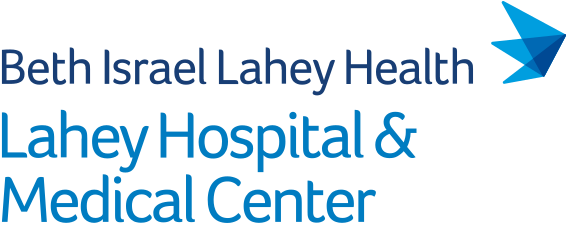BACKGROUND: Patient-centered approaches in the evaluation of patient experience are increasingly important priorities for quality improvement in health-care delivery. Our objective was to investigate common themes in patient-reported data to better understand areas for improvement in the emergency department (ED) experience.
METHODS: A large urban, tertiary-care ED conducted phone interviews with 2607 patients who visited the ED during 2015. Patients were asked to identify one area that would have significantly improved their visit. Transcripts were analyzed using content analysis, and the results were summarized with descriptive statistics.
RESULTS: The most commonly cited themes for improvement in the patient experience were wait time (49.4%) and communication (14.6%). Related, but more nuanced, themes emerged around the perception of ED crowding and compassionate care as additional important contributors to the patient experience. Other frequently cited factors contributing to a negative experience were the discharge process and inability to complete follow-up plan (8.0%), environmental factors (7.9%), perceived competency of providers in the evaluation or treatment (7.4%), and pain management (7.4%).
CONCLUSIONS: Wait times and perceptions of ED crowding, as well as provider communication and compassionate care, are significant factors identified by patients that affect their ED experience.
